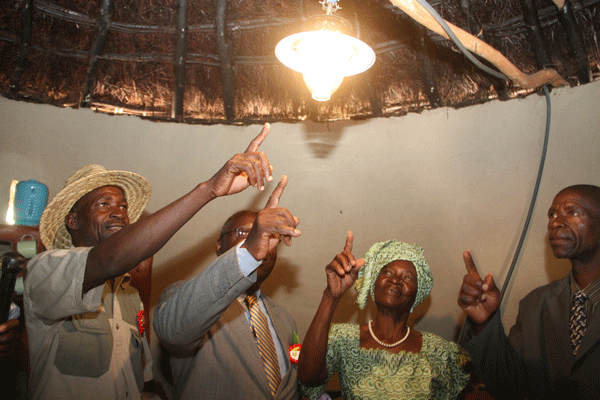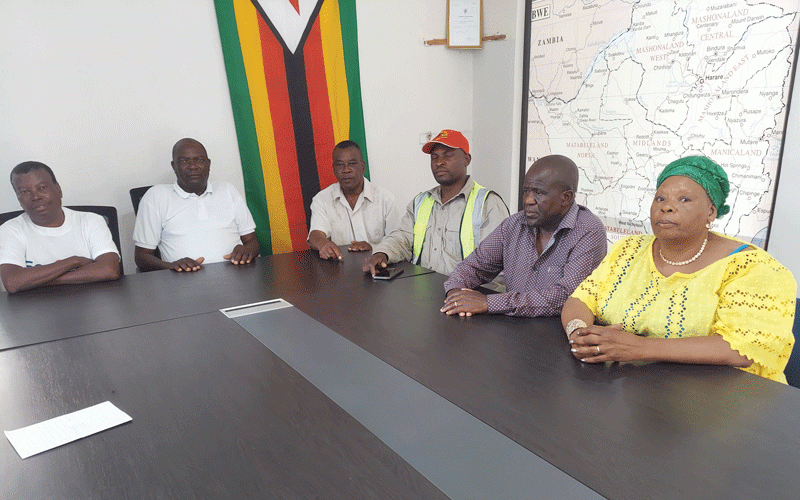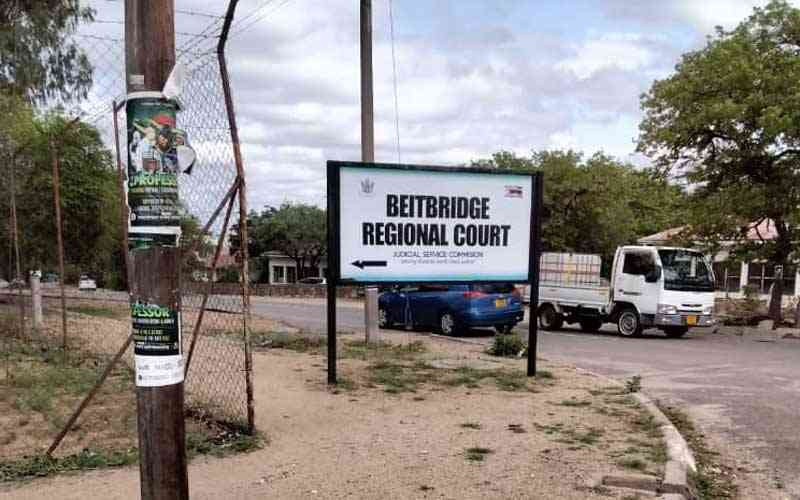
Biogas is a popular source of energy worldwide, regarded as one of the most sustainable renewable energy resource which is environmentally-friendly and cost-saving. It is a gas that is formed by the breakdown of organic materials in the absence of oxygen.
environment By Msapindira Mlambo

It comprises mainly of methane and carbon dioxide. The organic materials which are fed into a bio digester include any biodegradable waste such as cow dung, food waste, jatropha seed cake, chicken waste or human excreta. The materials will undergo a chemical reaction inside a sealed airtight digester to produce biogas which is used for cooking, heating and lighting purposes. The biodigestors can be installed at individual homes, farms and even institutions such as schools, hospitals, clinics and prisons, among others.
There is a heavy reliance on firewood in Zimbabwe, particularly in rural areas, which is resulting in massive deforestation and indoor air pollution. This is the case in most rural households in Africa and other less-developed continents such as Asia and according to the United Nations Environment Programme half of forest losses in Africa are a result of the need for firewood. About 90% of all rural households worldwide rely on biomass fuel such as firewood as their main source of energy. It is against this background that there is an urgent need in Zimbabwe to embrace alternative energy sources such as biogas, particularly in rural areas, to stave off this rampant loss of forests.
In Zimbabwe, there is a great need to heavily promote biogas technology since many people are not fully aware of how it works and its benefits, while some do not even know what it is. It is commendable though that a number of organisations and agencies in Zimbabwe such as Environment Africa, The Rural Electrification Agency, World Wide Fund for Nature with the support of the Ministry of Energy and Power Development and the Ministry of Agriculture, Irrigation and Mechanisation, are carrying out projects that promote the use of biogas.
Biogas technology is a simple technology that does not require overtly sophisticated capacity to construct and manage it. According to technology experts, a minimum of three to four cattle are enough to produce 20 to 30kg of fresh cow dung daily, which is then fed into the biodigester and can produce about 0,8 to 1m3 of biogas — enough to meet the heating, cooking and lighting needs of most people in the rural areas. It is refreshing to note that most rural households have more than the required cattle for the continued production of the biogas since the country itself is a cattle country.
Officiating at a recent biogas commissioning programme in Mudzi District, Energy and Power Development permanent secretary Patson Mbiriri encouraged the country to embrace biogas technology, with the government having set a target of installing 8 000 household biodigestors countrywide by 2018. If such a target is achieved, it will go a long way in encouraging the uptake of the technology and changing people’s mindsets towards biogas. Some people mistake it with the Liquefied Petroleum Gas (LPG), which if not handled properly, can explode and injure people; however that is not the case with biogas, which is very safe and smokeless.
There is also the need to research and invest in low-cost biodigestors that would be affordable to the rural poor who will benefit from the biogas. Country director for Environment Africa Barnabas Mawire implored the country to take lessons from countries like Tanzania and China where domestic biogas installations have been a success story, thereby significantly reducing overreliance on fuel wood.
- Chamisa under fire over US$120K donation
- Mavhunga puts DeMbare into Chibuku quarterfinals
- Pension funds bet on Cabora Bassa oilfields
- Councils defy govt fire tender directive
Keep Reading
There is high energy poverty in Zimbabwe resulting from frequent electricity blackouts and depleting biomass resources due to deforestation. As such, it is very crucial that renewable energy sources such as biogas be adopted. Biogas has social, economic and environmental benefits. It is a clean energy, which is smokeless with less carbon footprint. It also reduces the contraction of diseases such as pneumonia, tuberculosis which are associated with indoor air pollution resulting from exposure to heavy smoke from biomass fuels.
Apart from its good health effects, it is a welcome development, particularly for women and children in the rural areas who bear the heavy burden of travelling long distances in search of firewood. The biogas technology will eliminate the need for fuel wood and the smokeless nature of the gas will leave cooking utensils sootless, thereby saving time in cleaning the soot. In addition to these benefits, the bio slurry which comes out of the digester is also a rich organic fertiliser that possesses equal nutrient value like Compound D fertiliser and will go a long way in improving crop productivity and people’s livelihoods.
With all these benefits that emanate from the biogas technology, it is high time that a lot of resources be channelled towards aggressively marketing the technology in order to increase general public awareness since there is still a large information gap which is hindering the countrywide uptake of the technology. However, the success stories in other African countries indicate that Zimbabwe is no exception. With more government commitment, support and increased public private partnerships, the technology can be fully adopted throughout the country because it is the way to go in alleviating Zimbabwe’s energy and environmental woes.
Musapindira Mlambo is an environmental researcher, volunteering his services at Environment Africa and he writes here in his personal capacity. For feedback, email: [email protected] or Cell: 0776 979 716.










